June 25, 2015, Evening
We descended from the extreme, treeless elevations of the alpine tundra and into the montane ecosystem, which is dominated by conifer forests, meadows and marshes full of willows. But at our home for the next few days, Timber Creek Campground, we were startled by the almost complete lack of timber. Only a handful of tall trees remained in the campground. Mostly there were saplings shorter than I am. But in the past the name of this place matched what was actually here, a creek surrounded by trees. The creek is still here, lovely and sparkling, but the outbreak of pine bark beetles killed off the trees, leaving the campground full of snags (the ecological term for a dead tree that is still standing). In the campground the threat of falling snags injuring campers meant they had to be removed, but snags in the woods provide great habitat for nesting wood peckers squirrels and raccoons; food for insects and fungi; look-out posts for raptors; storage spaces for chipmunks; and refreshment of soil nutrients once the mosses, lichens and fungi have done the vital decomposition work. As great as snags can be, there are far too many in Rocky Mountain National Park now. The mountainside behind the creek was rendered purple by the multitudes of dead pines. Before the rash of pine bark beetles spread through the park, the mountain would have been evergreen. The purple mountain speaks of lost majesty.
We’re used to approaching the natural world with a focus on charismatic megafauna, such as elk and bears. But to think about the functioning whole of a forest we need to think about much smaller critters, like the pine bark beetles, who operate on a different scale than we do. For them tunneling into a tree is like mining a mountain, it takes hundreds or thousands of individuals working together. The beetles aren’t alone either, they bring along blue stain fungi to sustain them during their titanic efforts to feed their babies by killing the trees, which have mountainous physical and chemical defenses. The trees produce sticky resin that can trap and drown beetles as they try to invade. The beetles countermeasure against this defense is to swarm the tree in large numbers, using pheromones to call all nearby beetles to attack a particular tree.
In order to also see the forest, and not just the individual trees, we need to adjust our perspective to think of systems far larger than ourselves. When we think about managing our forests it is easy to think of pine bark beetles as little monsters hurting the forest, but from an ecological perspective with the geological time scale in mind pine beetles actually contribute to the resilience of the forest by killing only weaker trees. However, as the current climate trends toward warmer and drier weather, the beetles are spreading to traditionally cooler areas at higher elevations and latitudes. The prolonged drought in much of the Western USA stresses trees, making them vulnerable to beetle invasion. Current conditions with large swaths of vulnerable trees intensify beetle outbreaks. The population of beetles has gotten so large that it has passed a critical point where beetles can start attacking the strong and healthy trees, which are better food for the young beetles than struggling trees. The current outbreak is far bigger than historic outbreaks and stretches all the way into the Yukon, where they’re invading tree species that haven’t encountered theses beetles ever before in their evolutionary lives. Trees are dying off in incredible numbers. In the twelve years from 2000 to 2012, bark beetles killed trees in 46 million acres of the western USA. Dr. Diana Six, a leading Forest Entomologist on pine bark beetles, does a great job discussing the implications of the pine beetle outbreak in her illuminating TedX talk, The Great Mountain Pine Beetle Outbreak, which I highly recommend watching.
After setting up camp and cooking, we still had a little bit of time before it got dark, so we took a short evening walk to the Beaver Ponds Picnic area. One of the first things we noticed was a gorgeous Colorado columbine (Aquilegia coerulea), which I later found out was the state flower.
We crossed Timber Creek on a foot bridge by the road and saw the crumpled body of a spotted fawn stuck in a half-submerged tangle of fallen logs. This little reminder of the harsh realities of the natural world got Morgan and I reminiscing about our hands-on childhood lessons about the circle of life and natural selection. We both felt lucky to have parents who took moments like this as an opportunity to teach us about the survival of the fittest, which in its dark, twisted way helps the species as a whole survive the challenges of the ever-changing world.
As we continued downstream along the trail, we passed a wetland where a cow elk (Cervus elaphus) wearing a radio collar was bedded down among the willows, which had been repeatedly chewed down. Willows and aspen are favorite foods of the elk. These stunted willows are a testament to what happens when too many elk are concentrated in one area, which research has revealed is the case in Rocky Mountain National Park. The willow and aspen have been damaged so much by the overpopulation of elk (as a result of the local extinction of wolves) that intensive efforts to restore the willow are an ongoing park project involving replanting, fences to keep the elk out, and annual elk culling, a long-standing land management technique where humans fill the ecological role of the absent predators by killing the weaker members of the herd so that they don’t deplete the resource that entire population must depend on. When there isn’t enough willow, the elk aren’t the only ones who suffer. Beavers (Castor canadensis) rely on willow as a key food source and construction material for their lodges and dams, which create ponds and wetlands like this one. Many species, including elk, benefit from the ecosystems the beavers make.
We watched the sunset over the beaver ponds, but didn’t see any beavers. It’s likely that there weren’t any here anymore. The beaver population in Rocky Mountain National Park has declined significantly since the 1940’s and beaver are now a rare sight. Hopefully with less competition for willow and aspen resources from elk, the beaver population will be able to rebound. An increase in the beaver population will also help a variety of other species of birds, amphibians and insects because these rodents are a keystone species, another ecology term meaning that they behave in a unique biological role that benefits many species in the ecosystem.
Even though we didn’t get to see any beaver, we encountered another exciting, slightly smaller, member of the rodent family. As twilight darkened the landscape, we stopped at the sound of rustling and looked around until we saw a very calm porcupine (Erethizon dorsatum). He obviously had nothing to worry about as he foraged underneath a pine at the edge of the wetlands. We kept our distance (the picture below is with a high zoom lens) out of deep respect for the long, barbed quills all over him. People used to say that porcupines could shoot their quills, but most sources refute that as a myth. However, the quills are actually just hairs modified by millions of years of evolution to be pointy, because big fat rodents with stiff, painfully sharp outer fur got eaten less than those with soft wavy locks. When a porcupine raises it’s quills to the prickly defensive position, it’s actually using the same set of muscles as the ones we uses when we get goosebumps, the arrector pili muscles just beneath the skin around each hair follicle.
We finished our walk just in time to not have to turn on our flashlights. Our eyes were well adjusted enough to the faint light from the moon that we were able to get ready for bed without any artificial lighting. We skipped having a campfire and went to bed with every intention of waking up early to go hiking. At 8900 feet above sea level, it gets very cold at night, even in June, and more than once I woke up cold and squirmed deeper into my sleeping bag. When morning rolled around, I did not feel like hiking. I did not feel like moving. My head pounded and I was nauseous, not hungry in the slightest and dizzy. Classic signs of altitude sickness. This is what altitude sickness looks like.
My blood and my body were not acclimatized to the lower amount of oxygen in the mountain air. I tried to force my self to eat, drink more water and take another Chloroxygen iron supplement that was meant to help my body make more blood to carry much needed oxygen. Morgan was unaffected by the altitude but valiantly helped me try to distract myself with the beauty of Timber Creek. We sat on the sandy creek beach for awhile, looking at the way the sand glittered with minerals in the sunlight. But by noon I was vomiting, defeated and just wanted to get down! Descending to a lower elevation or waiting for symptoms to disappear are the only cure for altitude sickness. It was plain to me that I am one of those lucky people who are particularly susceptible to debilitating altitude sickness, just like my mom. It turns out that this is a genetically determined trait that I inherited. Thanks a lot Mom.
We headed down to a lower elevation by Lake Granby and spent the night in a hotel room that looked like it was furnished in the 1960’s except for the giant flat screen TV. The following day I still felt sick, and we were still at around 8000 feet. Rather than wait it out for another day of feeling absolutely terrible, I made the call. We were leaving the mountains and heading to Dinosaur, Colorado. Yes, it’s a real town, called Dinosaur and it’s at 5,858 feet above sea level, which is all I actually cared about at that point. I regret not getting to experience more of park and keep telling myself, I’ll be back and next time I’ll plan for three terrible days before I actually get to enjoy being in the mountains.
Ready for more summer stories?
Check out our adventures in Dinosaur,
a small town on Colorado’s border, and beyond
or
See more pictures from our Timber Creek Campground
and Rocky Mountain National Park experience here.
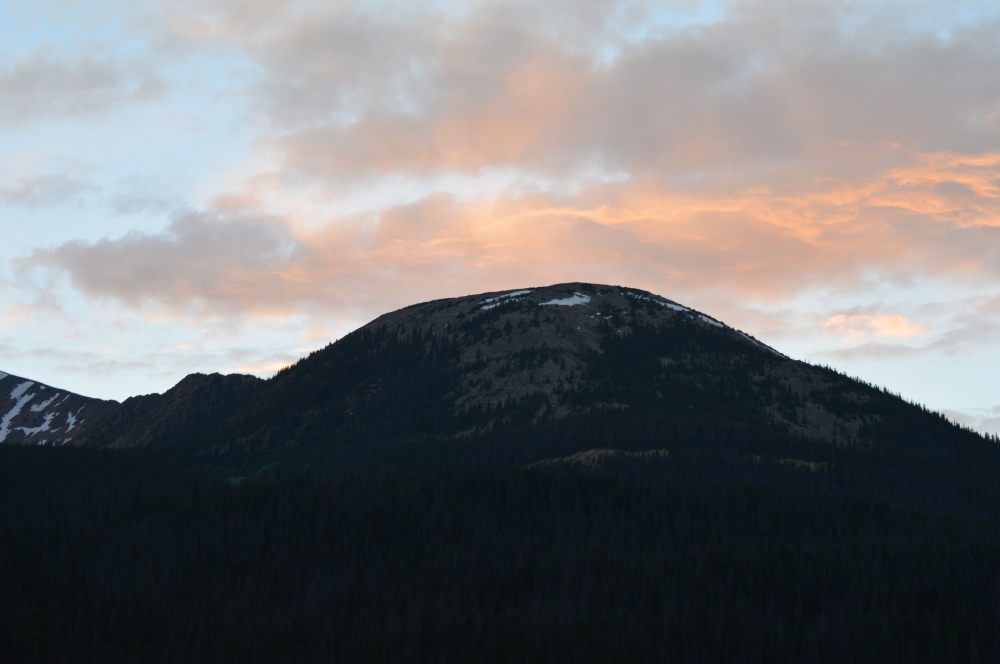
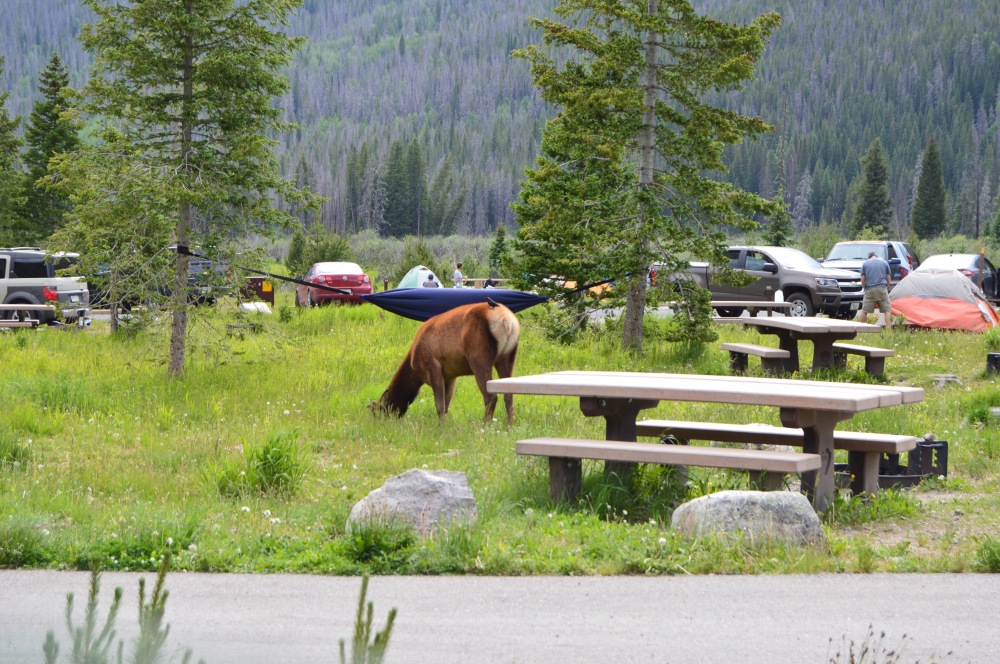
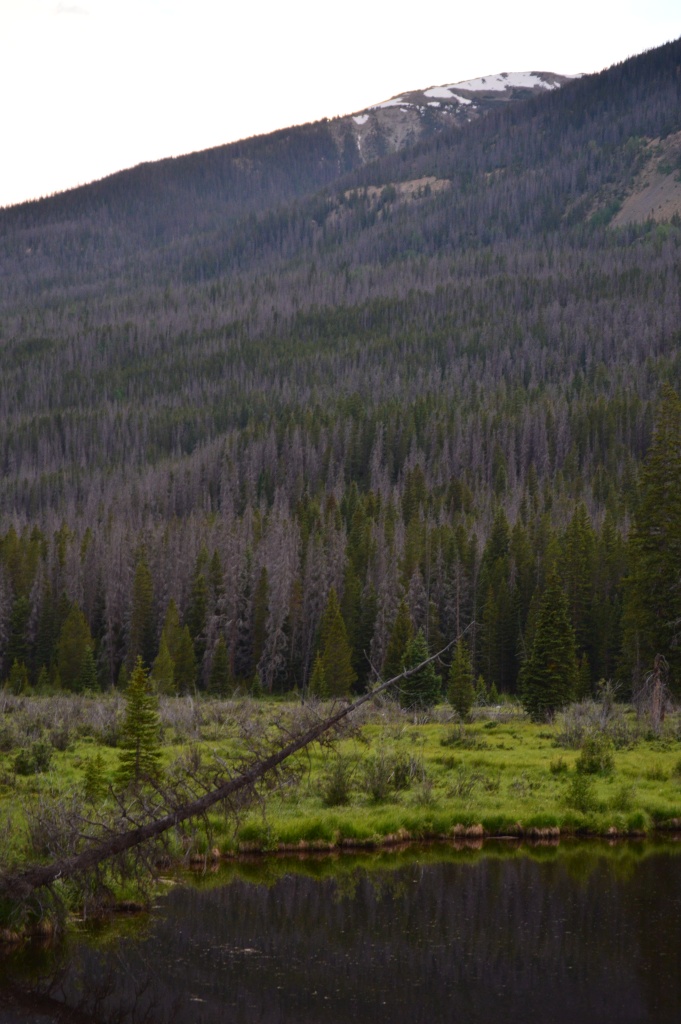
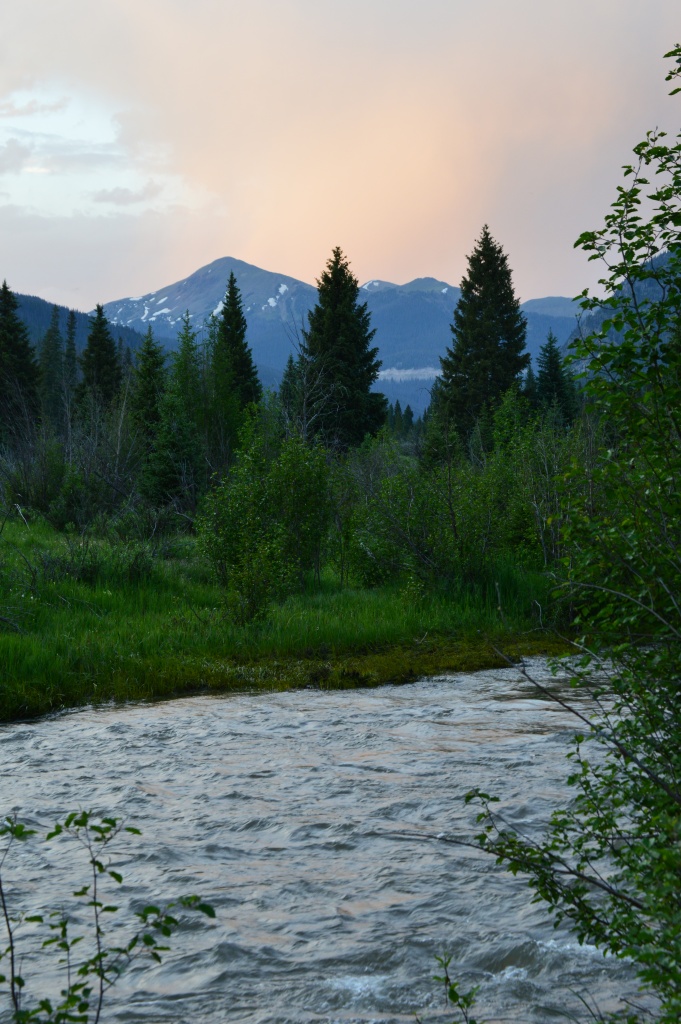

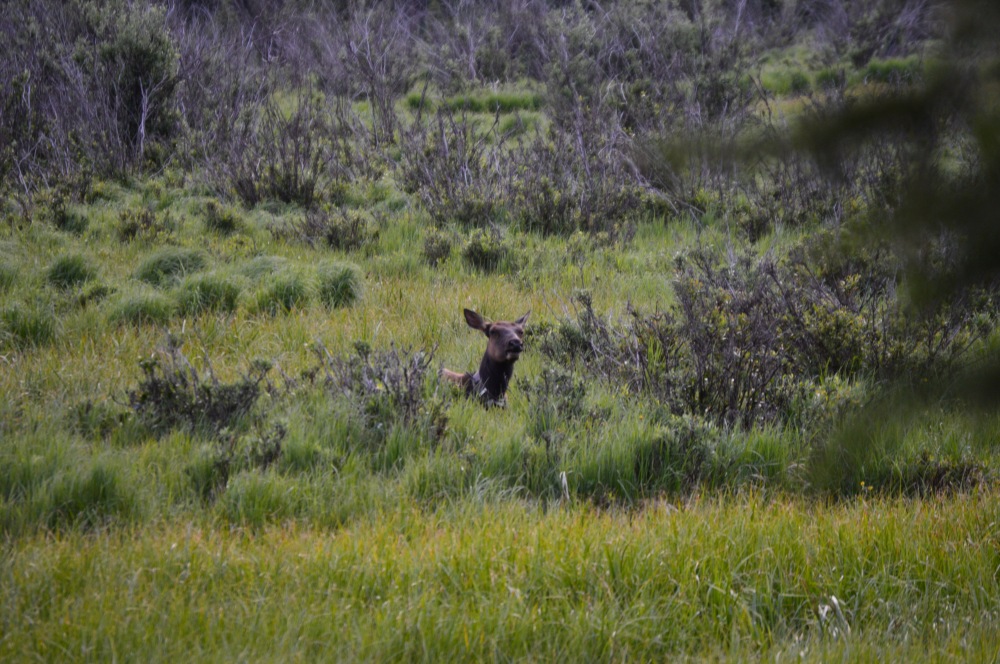
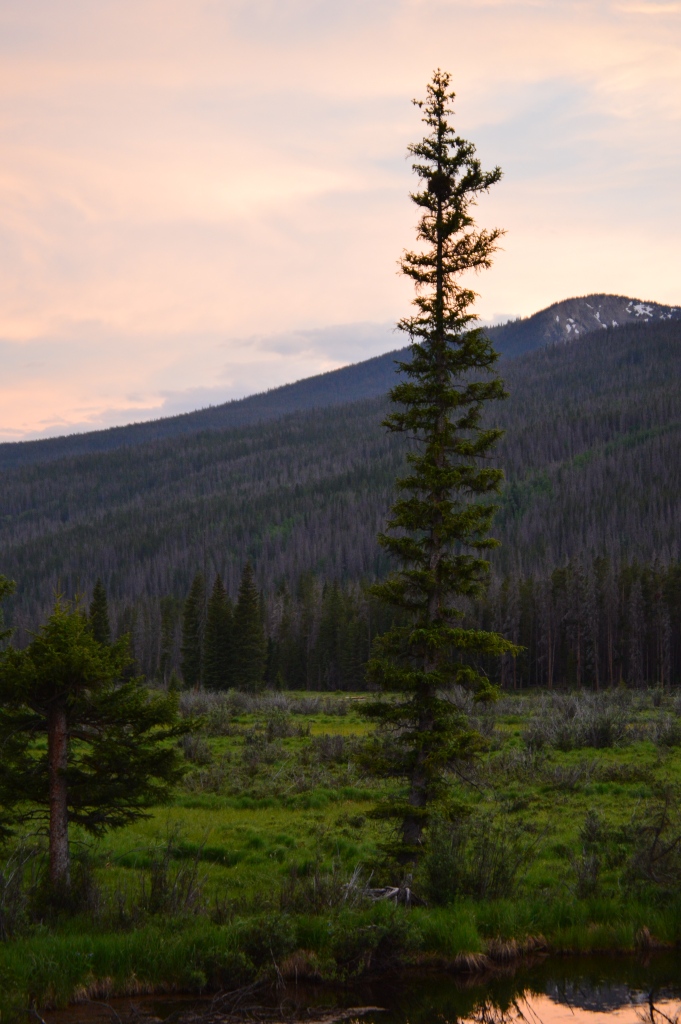
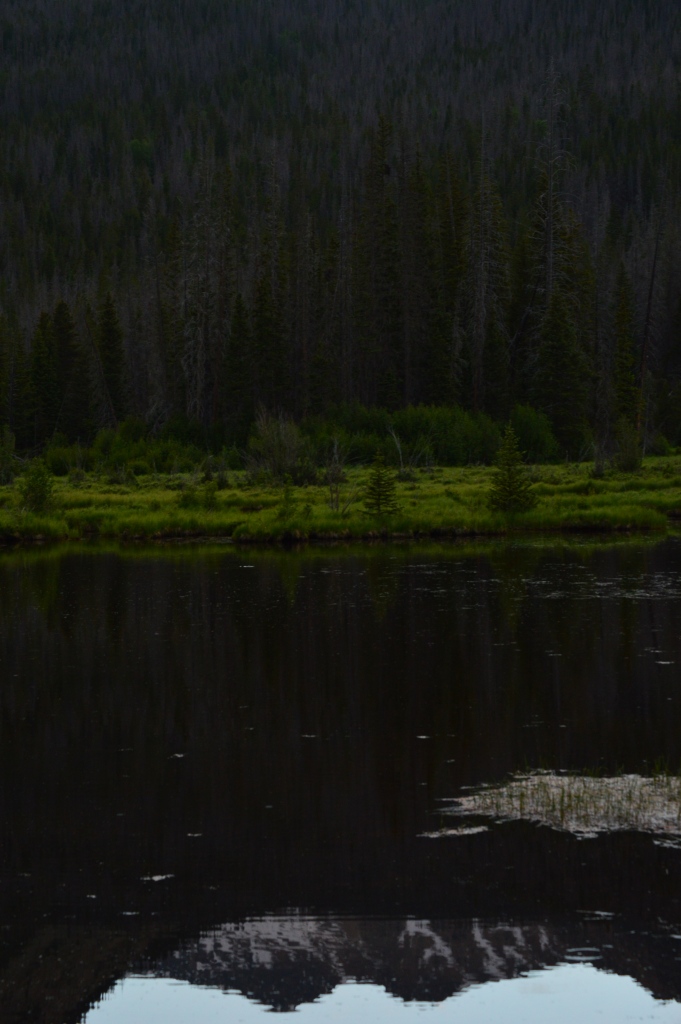
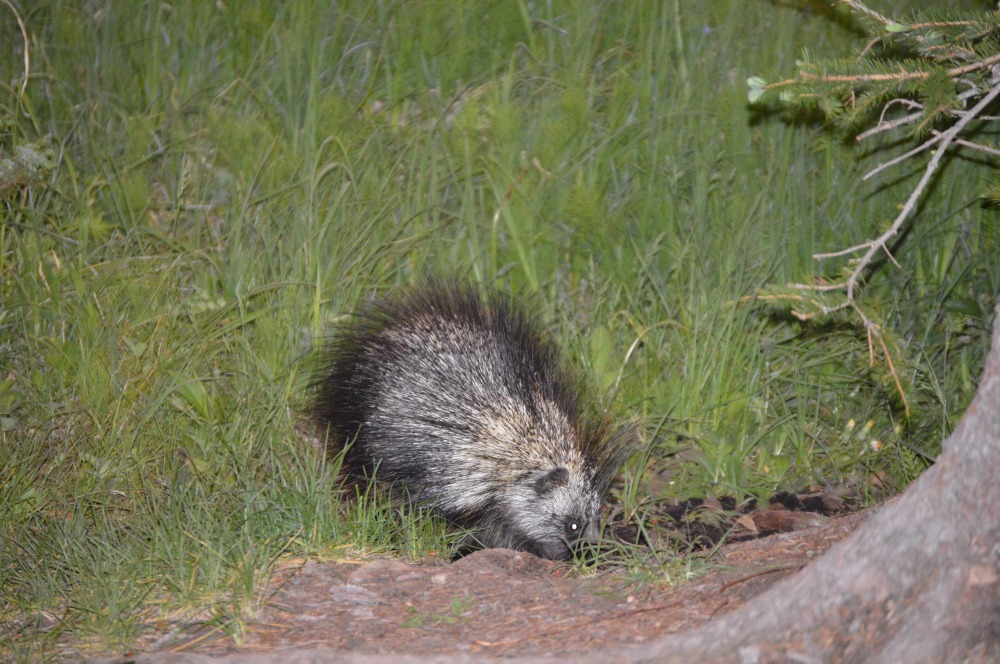
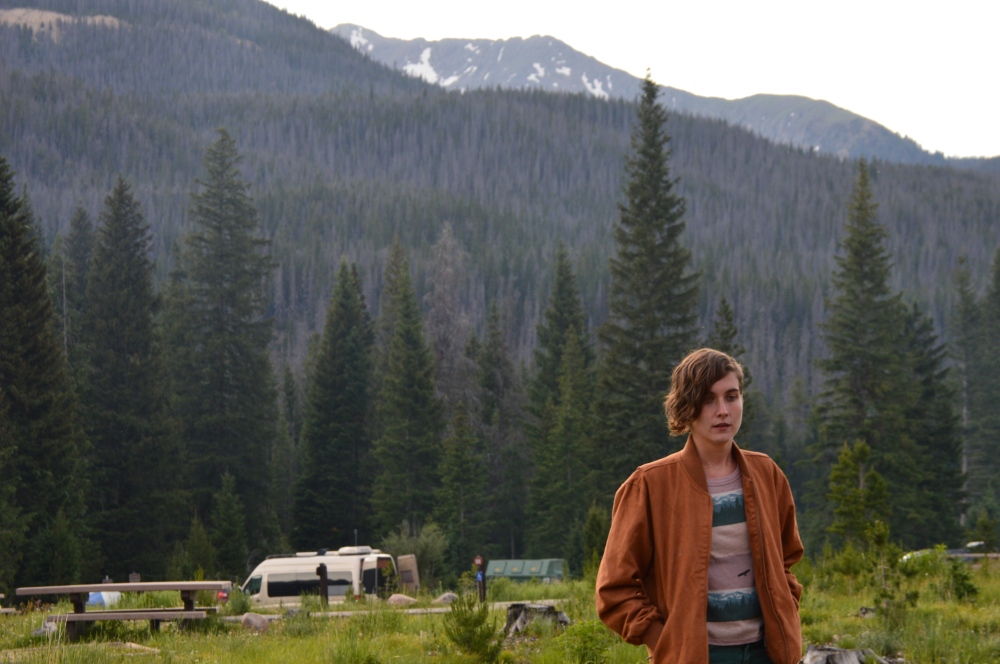
Well, I learn something every time that I read these blogs! I had never even thought there was a thing as brisket disease. Very interesting! Now, I could not have warned you about altitude sickness in my
family, I have ever been “high”.
LikeLike
I thought that article was really fascinating. I wonder how many people in your family traveled up to mountains above 8000 feet.
LikeLike
Altitude sickness is awful. When Andy hiked in the Himalayas, his guide took him slowly and let him adjust amd have rest days and ‘ build up ‘ to greater the altitudes. You can go back again, but take your time and ‘ climb’ more slowly. If you get allergies or asthma , it’s worse as we found out with Charlotte. I would advise you never to go skiing in Colorado 🙂
LikeLike
I’ll definitely be building up every thousand feet or so next time.
LikeLike